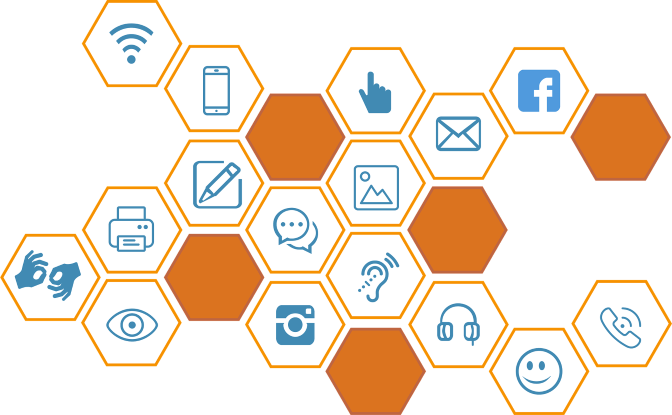Softlink IC Blog
Subscribe to our quarterly update
Library Software – Making Libraries Accessible to Everyone

Just as we have the right to freedom of action and expression, we should have the right to gain knowledge. This means making knowledge accessible to everyone. Our levels of physical or learning ability, should not bar us from accessing knowledge.
Some US universities, such as Yale in New Haven, CT, have even made accessible knowledge a formal policy. That policy includes adapting libraries to benefit all students. Every library should have library software that everyone can access. Whether a person is a law student or a government official should make no difference. What does library software need to have to ensure that people with disabilities can use the facility?
Web-based access
Library software should provide access to books and other materials through the Web. This way, people need not come to the library themselves to benefit from what it provides. They will be able to read the materials at home or in their offices.
Compatible over a wide range of devices
Your library software should be easy to use on any device. Users should be able to get into it with a PC, Mac, tablet, or mobile devices. Many people with disabilities depend on a variety of devices, and the library system must be available across all of these pieces of technology.
Hosted and self-hosted options
Libraries should have the option to deploy either hosted or self-hosted library software which ensure that all users can utilize the system 24/7 in a way that suits them. There shouldn’t be any complicated software to download or difficult access requirements.
WCAG compliant
WCAG 2.0 AA, or the Web Content Accessibility Guidelines, explain how best to structure web content. These rules specify that content should be easy to read, understand, and navigate. This is especially important for users with disabilities. Requirements include:
- Explanations in words with visual or other non-text content;
- Captions for live content and captured media;
- Resizing options for text and clear contrasts; and
- Giving users enough time to read and digest the content.
Search results should be clear and easy to understand. Predictive text features can assist many users, especially with technical language.
Translatable content
A system should be able to translate content into different languages and reading levels. This helps users to learn at their own pace and in a system that is comfortable for them.
Integration
Accessible library software should pull content from many different sources. Such sources include Federated Searches, Z-Cataloguing, imported sources such as Word/PDF, OverDrive, and Sharepoint. Users should also be able to export data easily for later use.
When choosing a new Library Management System, make sure that you select one that is accessible to people of all ability levels.
Solutions
Recent Blog Articles
Popular Articles
More
© 2024 Softlink. All Rights Reserved | Data Protection and Privacy Policy |Data Processing Agreement | Modern Slavery Statement | Careers | Cookie Policy


0 Comments